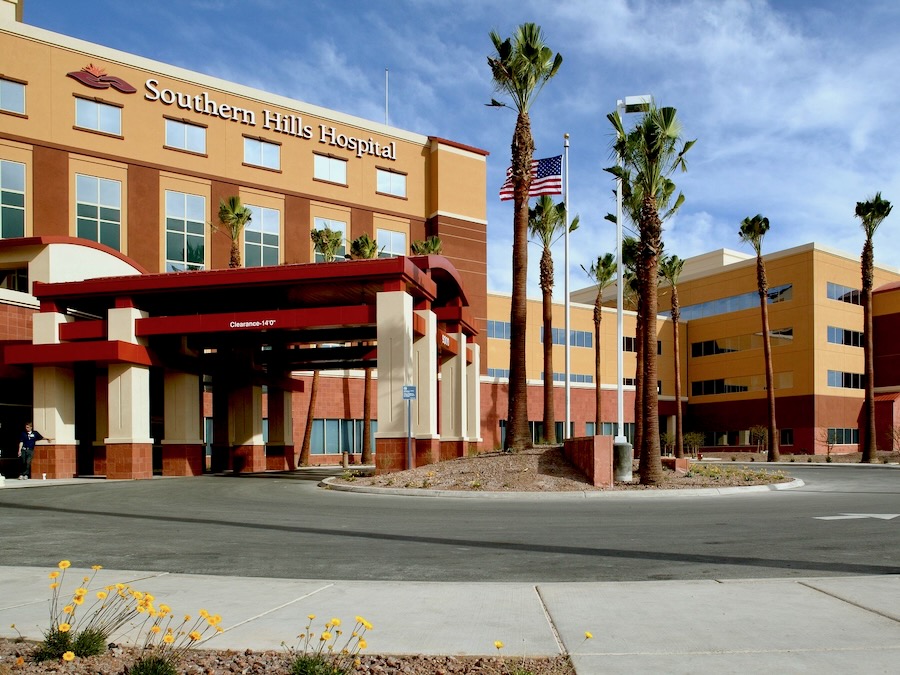HEALTHCARE FACILITIES
The architecture of healthcare facilities supports the delivery of high-quality healthcare services in a functional and safe environment. Call our Engineering Division today at 1-800-763-0461 to schedule a meeting, or keep reading for helpful healthcare facility design tips.


Healthcare Facility Design Considerations
Site Selection and Planning
The first step in designing a healthcare facility is identifying a suitable location for the building. The site selection process considers factors such as accessibility, zoning requirements, community needs, and environmental impact. Once a site has been selected, the planning process begins, which involves determining the building’s size, layout, and function.
Functional Spaces
Healthcare facilities are typically divided into functional spaces that are designed to accommodate specific activities. These spaces may include patient rooms, treatment rooms, diagnostic areas, operating rooms, and administrative offices. Each space is designed to meet the unique needs of the healthcare facility, taking into account factors such as patient privacy, staff workflow, and infection control.
Technology Integration
Technology plays an increasingly important role in healthcare, and modern healthcare facilities are designed to integrate the latest technology into their operations. This may include electronic medical records, telemedicine equipment, digital imaging systems, and other advanced technologies that support the delivery of high-quality care.
Safety and Security
Healthcare facilities must prioritize the safety and security of patients, staff, and visitors. This involves implementing measures such as controlled access points, surveillance systems, emergency response plans, and infection control protocols to prevent the spread of disease.
Sustainability
Healthcare facilities significantly impact the environment, and modern facilities are designed to minimize this impact through sustainable design practices. This may include energy-efficient lighting and HVAC systems, using renewable energy sources, and using environmentally friendly materials.
Overall, the architecture of healthcare facilities must balance the needs of patients, staff, and visitors with the healthcare delivery requirements. By incorporating these key elements into the design process, healthcare facilities can provide a functional and safe environment that supports delivering high-quality healthcare services.



